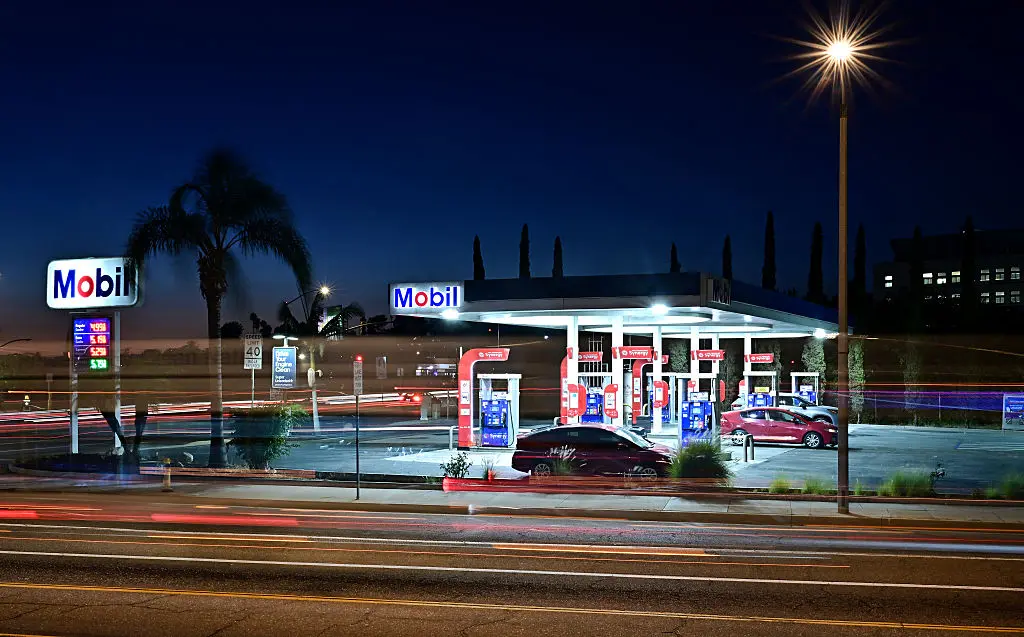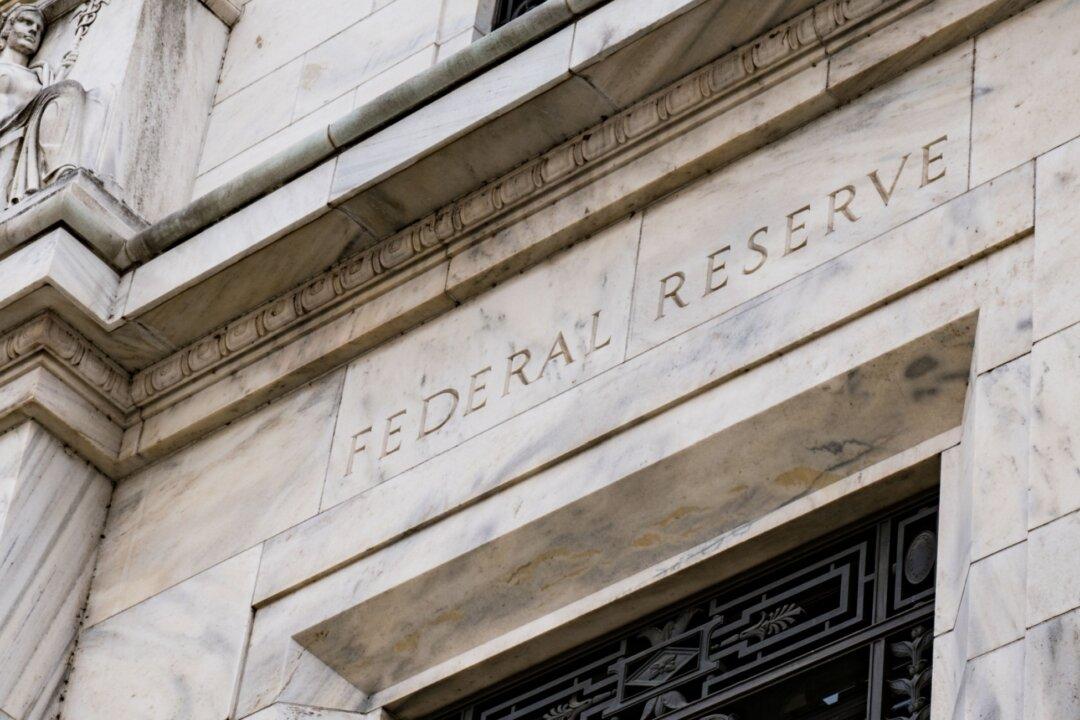Commentary
Silicon Valley Bank (SVB), the country’s 16th-largest bank with $209 billion in assets, failed on March 10 in one of the most shocking developments to hit the banking sector since the global financial crisis 15 years ago. SVB’s claim to fame was its deep connection to the venture capital and tech community of Silicon Valley, boasting that “44% of U.S. venture-backed technology and health care IPOs ... bank with SVB.”





